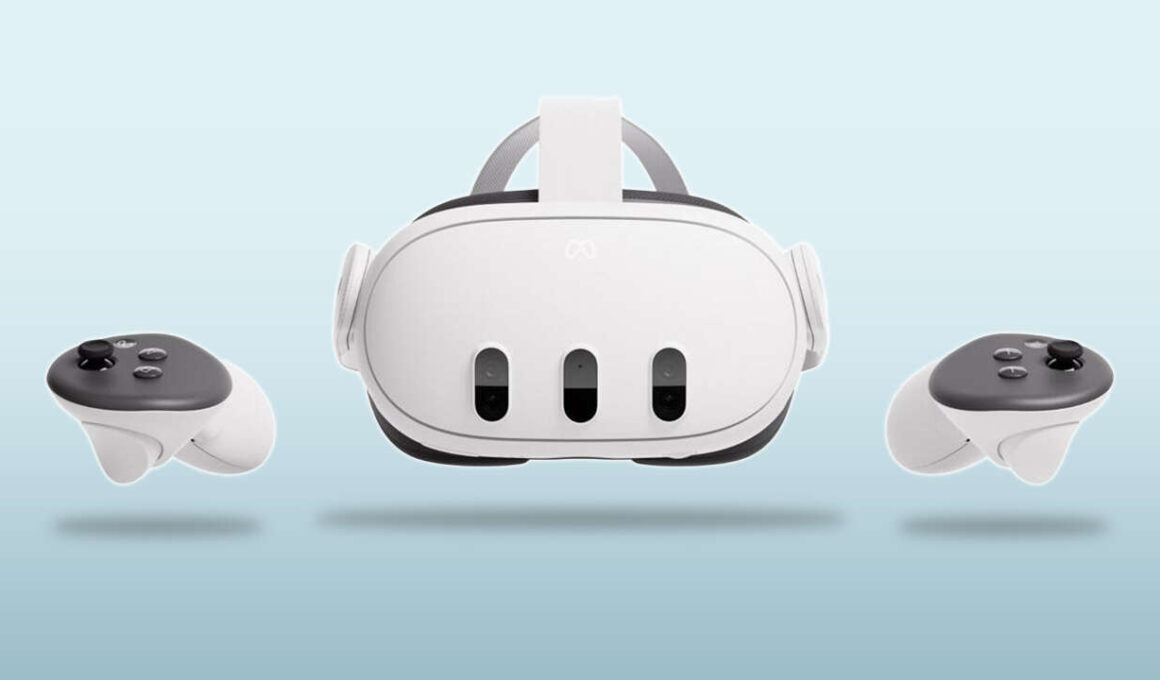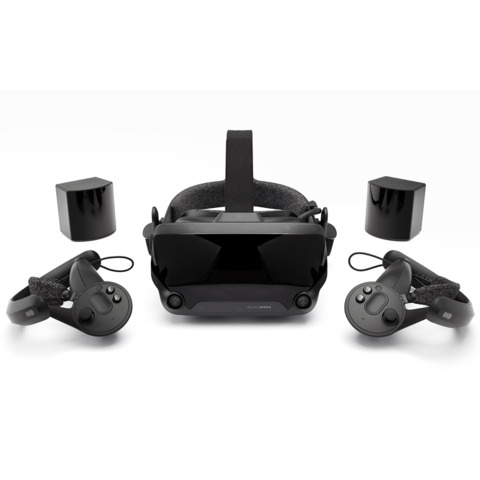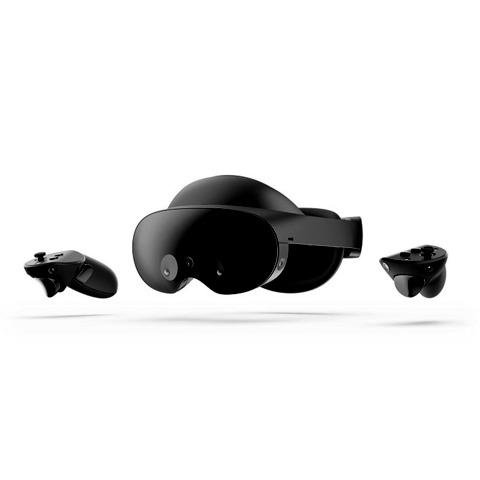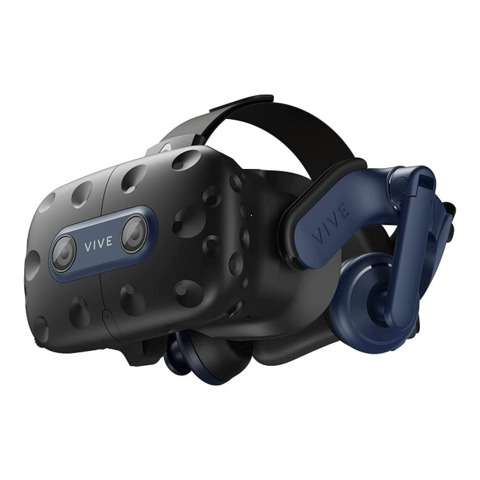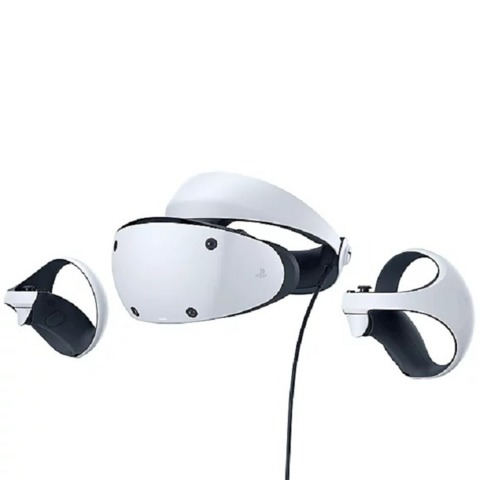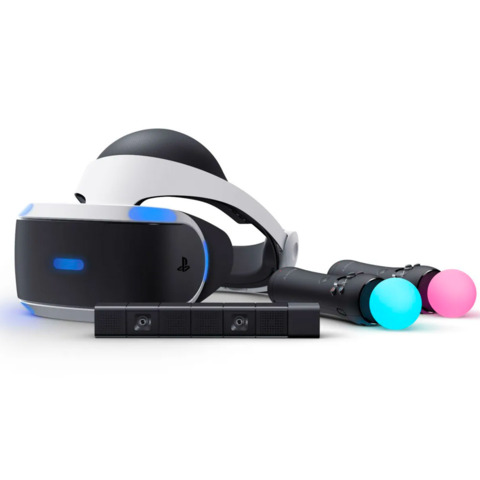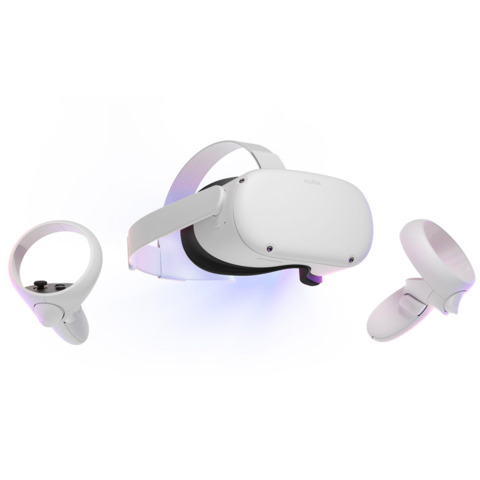There’s no shortage of great VR headsets to pick from in 2024. For us, the Meta Quest 3 offers the perfect balance of price and power along with a streamlined all-in-one design to make it our go-to recommendation for the best VR headset, but there are plenty of other worthwhile options. Some leverage the power of gaming PCs or consoles for better performance and visual fidelity. Others might be even more affordable. Whatever you’re looking for, there’s a VR headset out there for you. So, to help you find the perfect fit, we’ve put together this list of the best VR headsets available in 2024.
Finding the best VR headset for you
The first thing that’s important to know before buying a VR headset is that some VR games are exclusive to specific headsets. Meta and both PlayStation headsets have their own storefronts that offer unique games, unavailable to HTC, Valve, and other companies’ headsets. Of course, you can still get an impressive experience with the Valve Index or HTC Vive line of headsets, especially considering the great library of VR games on Steam. Each VR headset has its advantages and unique qualities, such as high resolutions, AMOLED displays, and built-in speakers.
The Meta Quest 3 is a powerful mobile VR headset that gives you great experiences without connecting to a PC–no sensors required (though you can, if you so choose). The Valve Index requires you to connect to a PC and use sensors, but it also provides the most high-end VR experience available today. And, of course, there’s the PSVR 2, which has the benefit of being compatible with Sony’s first-party lineup of VR games. Keep in mind the original PSVR has its own library of games separate from the PSVR 2. You cannot play original PSVR games on PSVR 2 unless the developer releases an upgraded version. Each headset has its unique features and benefits, so you’ll need to decide which one is the best for you, based on your price range.
Editor’s Note: Article updated on July 26, 2024
The best VR headsets in 2024
Best VR headset
Meta Quest 3
Like the previous Meta Quest headsets, the Meta Quest 3 is an all-in-one headset that can run games and VR apps directly on its internal hardware. Since it doesn’t require an expensive gaming PC or console to work, it makes for a more approachable–and more affordable–VR option. However, that doesn’t mean the Meta Quest 3’s specs are lacking–quite the opposite, in fact.
The Meta Quest 3 runs on a second-generation Qualcomm Snapdragon XR2 chipset and 8GB RAM, with either 128GB or 512GB internal storage, depending on the model. Its LCD screen features a 120Hz refresh rate and 2064 x 2208 per-eye resolution. It even has built-in stereo speakers that support 3D spatial audio.
The Meta Quest 3’s hardware is strong enough to run a large number of games and apps natively, but if you need a bit more horsepower, you can plug it into a PC and enjoy a boost in processing power and wider app and game support. But even as a standalone device, you can access a vast library of VR games and applications via the Meta Store or Xbox Games Pass.
The Meta Quest 3 is also a capable XR (mixed reality) device. It boasts a pair of RGB cameras with 18 PPD (pixels per degree) that offer full color passthrough with double the resolution of the Quest Pro and ten times that of the Quest 2. The overall design is also a step up from its predecessors, with a lighter headset that’s 40% thinner than the Quest 2.
The Quest 3 is available in two models: a $500 128GB model, and a $650 512GB model. Obviously, the 512GB model lets you install more games, but otherwise, both versions offer identical features and app support.
Best high-end PC VR headset
Valve Index
In terms of pure technical prowess, the Valve Index is the best gamer-oriented PC VR headset on the market. It doesn’t increase the resolution past 2880×1600 on its LCD display, but the Index nails VR where it’s most important: refresh rate and field of view. Boasting a max 144Hz refresh rate and a field of view of 130-degrees, it makes for the best, smoothest-feeling experience in virtual reality. With the higher field of view, you can see more of the game at any one time, as opposed to the relative tunnel vision found in other headsets. An Index and a good gaming PC will provide the optimal VR experience, assuming you’re okay with a few wires and spending big on a PC gaming rig and the tethered headset experience.
Another key aspect of the device is its unique motion controller, which features individual finger tracking and is a step up from something like the Oculus Touch. There aren’t a lot of applications for this yet, but finger-tracking is a great way to make your virtual reality experience more immersive–games like Boneworks use it well. And while it’s absolutely usable in seated or stationary settings, it excels most with room-scale VR. Thus, gamers without a lot of space may find it hard to push the Index to its full potential.
The Valve Index also needs to be powered by a PC with a wired connection. At the moment, there is no option for wireless use, as the Vive Wireless Adapter–made for HTC’s Vive headsets–is incompatible. However, the Valve Index is compatible with the HTC Vive’s controllers and base stations, so Valve offers the Index headset on its own and in a kit. Additionally, the Valve Index’s controllers and base stations are compatible with HTC’s Vive headsets. A wireless adapter is in the works for the Valve Index, too.
The Valve Index VR kit comes with the headset, controllers, a powerful pair of built-in speakers that make it easy to enter the virtual world without totally disconnecting from the real one, and base stations. Alternatively, you can purchase a bundle with the headset and controllers or the headset by itself. Every purchase of the Valve Index comes with a complimentary copy of Half-Life: Alyx on Steam, letting you continue the story of that character right away.
Best standalone high-end VR headset
Meta Quest Pro
Originally retailing for $1,500, the Meta Quest Pro is now available for $1,000. That makes it a bit more realistic for shoppers with a cushy budget, and it’s worth every cent if you’re going to be using it regularly and don’t have a gaming PC. Along with a sleek, ergonomic design, you’re also getting tons of luxurious features that simply can’t be found on other standalone VR headsets.
Whatever you’re using the Meta Quest Pro for, it’ll look great on its LCD panels, which offer 1800×1920 pixels for each eye and a 106-degree field of view. They also support local dimming, allowing deep contrast for a vivid viewing experience. Its controllers are just as advanced, with three camera sensors per controller, ten hours of battery life, and Qualcomm Snapdragon 662 processors running the show.
The list of impressive features goes on and on–built-in speakers and microphone, support for 3.5mm audio inputs, backward compatibility with the Quest 2 library, 12GB RAM, 10 VR/MR sensors, and multiple face tracking sensors allow the Quest Pro to achieve things you won’t find anywhere else (without a PC). It’s not cheap, but it offers one of the best VR experiences money can buy.
Best display
HTC Vive Pro 2
It might not be receiving the fanfare of the Valve Index, Quest Pro, or PSVR 2, but the Vive Pro 2 has quietly made a name for itself among VR enthusiasts. Much of that is due to its premium display, which offers a 2448 x2448 resolution per eye–putting it ahead of most others in its class.
Not only does it pack in thousands of pixels, but it doubles down with both a 90Hz and 120Hz refresh rate. Combined with its 120-degree field of view, the Vive Pro 2 makes it easy to get immersed in your favorite games. It’s not a standalone device (and you’ll need a PC with at least a GTX 1060), but that’s a small price to pay for just a good-looking device.
Plenty of other high-end features are loaded into the Vive Pro 2 (such as integrated dual microphones and ergonomic controllers), which makes its hefty price tag a bit easier to stomach. So if you don’t mind venturing off the beaten path, consider giving this headset a closer look.
Best VR headset for PS5
PSVR 2
PSVR 2 is a massive leap forward from the original PSVR headset, with 4K HDR visuals, a 110-degree field of view, and Sense technology offering headset feedback, eye tracking, and 3D audio support. You’ll even be treated to radically redesigned controllers, which were built with long play sessions in mind and are equipped with adaptive triggers, haptic feedback, and finger touch detection.
Sony launched PSVR 2 with an impressive library of games, and it’ll only grow more impressive over the next few months. Some standouts include Gran Turismo 7, Horizon: Call of the Mountain, Moss 2, and No Man’s Sky. Sony is also adding PC support to the PSVR 2 starting August 6, 2024, which will open the headset up to an even larger library of games and apps.
Read our PlayStation VR 2 review.
Best VR headset for PS4
PlayStation VR
The PlayStation VR headset is compatible with the PS4 as well as backward-compatible PS4 games on PS5, though PS5 owners should instead opt for the PSVR 2.
PlayStation VR offers a 1920×1080 combined resolution, 90-120Hz refresh rate, and a 100-degree field of view. The low resolution and pixel density cause a significant screen-door effect–you see the black space between each pixel. It makes it look like you’re viewing the game through a screen door. This can be frustrating for experienced VR users, but with no other VR headset on the PS4, it’s an issue you just have to deal with. But where PSVR falls short in its specs, it makes up for in its exclusive games. These titles feature some of the best experiences in VR and are well worth playing if you own it. The PlayStation Move controllers are required for some games–like Farpoint and Concrete Genie–but there are plenty of great titles that use the DualShock 4, including Astro Bot: Rescue Mission and Resident Evil 7: Biohazard.
The PSVR requires the PlayStation Camera for tracking, but thankfully it’s included with the headset in most bundles. And if you already own a PlayStation Camera for the PS4, then you’re ready to go no matter which version of it you have. The tracking isn’t up to par with PC VR options, especially when turning away from the camera, though it does work fine for most gaming. Thankfully, wearing the headset is extremely comfortable, which makes longer sessions much more manageable.
Best affordable headset
Meta Quest 2
The Meta Quest 2 is the perfect combination of price and performance. As a standalone headset with no requirement for additional hardware such as a PC or console, the Meta Quest 2 offers the easiest and most convenient way to start gaming in VR. It’s a nice step up from the original Quest (which was already great), and you no longer need a Facebook account to use the device. Best of all, for those looking for better performance, you can use Oculus Link to connect it to VR-capable PCs and play games like Half-Life: Alyx.
The Meta Quest 2 is equipped with a fast Qaulcom Snapdragon XR2 processor and 6GB of RAM. The fast-switch LCD displays may not be OLED, but they still look fantastic once you’ve adjusted the comfortable new backpack-like elastic strap and selected one of three inter-pupillary distance settings. Thanks to 1832 x 1920 pixel resolution for each lens, the picture is crisp and clear.
The Meta Quest 2 is an improvement on the original in almost every way, but if you’re upgrading from the original, you may not be as blown away by the newer VR machine. That speaks to the quality of the Quest 1 more than anything, as it’s still an excellent headset. That said, some games are only compatible with Quest 2, like the excellent Resident Evil 4 VR. For the most part, though, the Quest 2 is more of a smart iteration on the original.
Over the past couple of years, the Meta Quest 2’s library has expanded significantly. There’s a wide range of games across all major genres as well as a slew of apps for watching TV, movies, and other entertainment experiences.
The Meta Quest 2 comes in two storage capacities: 128GB and 256G. The 128GB model costs $400, while the 256GB model is $430. Considering the small jump in price, we’d recommend the 256GB. Both models come with Golf+ and Space Pirate Trainer DX. Though the Quest 2 is more comfortable than its predecessors, some users may still experience discomfort and neck strain. If that’s you, we’d recommend picking up a comfort strap that balances the weight.
Read our Meta Quest 2 review.
More Tech Picks From GameSpot
- Best Computer Speakers For Gaming
- Best 4K TVs For Gaming
- Best Monitor For PS5, Xbox Series X
- + Show More More Tech Picks From GameSpot Links (6)
- The Best Gaming Chair In 2024
- Best Cheap Gaming Monitors In 2022
- Best PC Headsets In 2023
- The Best Nintendo Switch Controllers You Can Buy
- The Best VR Headsets In 2020
- The Best Webcam For 2021: Top Picks For Streaming On Twitch And YouTube




